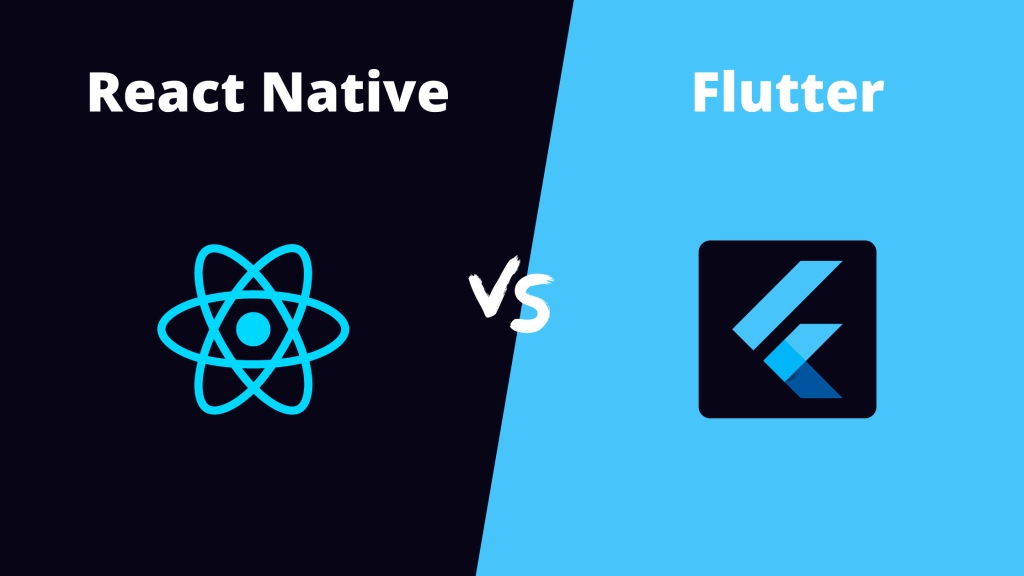What is React Native?
React Native is a JavaScript framework created by Facebook that allows developers to create native mobile applications for iOS and Android platforms using the same codebase. It is based on the popular React library and provides a powerful set of features that allow developers to create high-performance mobile apps with minimal effort.
React Native enables developers to build cross-platform apps quickly and efficiently, without having to write separate code for each platform. This means that you can write the same code for both iOS and Android devices, reducing the amount of development time and cost. React Native provides access to native APIs and components such as camera, geolocation, and contacts, giving you the ability to create powerful and performant mobile applications. The framework has an intuitive UI library and also provides cross-platform support for popular libraries like Redux. With its easy-to-use tools, such as hot reloading, you can quickly iterate on your app and make changes without having to restart the application.
What is Flutter?
Flutter is an open source, cross-platform mobile application development framework developed by Google. It enables developers to create high-quality native apps for both iOS and Android devices with a single codebase. Flutter allows developers to quickly and easily build beautiful and powerful apps that run natively on both Android and iOS platforms.
Flutter is based on the popular Dart programming language and features a reactive style of programming that makes developing apps easier and faster. With its advanced layout system, Flutter can create complex UI components with ease. Additionally, Flutter includes a rich set of platform-specific APIs and libraries, enabling developers to create apps for both platforms without having to learn two different programming languages.
Finally, Flutter is completely free and open-source, making it an ideal choice for developers looking for an easy way to get started with mobile app development. With its fast iteration cycles, rich feature set, and wide range of supported platforms, Flutter provides developers with a powerful yet simple platform for building beautiful and functional mobile apps.

Despite the fact that React Native is still used more widely, Flutter is on the rise. According to Google’s Tim Sneath, this UI framework is now taken advantage of by nearly half a million developers who claim to use it on a monthly basis. With its integrated rendering engine, testing and integration APIs, and ready-made widgets, it’s a solid contestant to other technologies that enable cross-platform mobile development.
At the same time, however, React Native is far more mature and stable – not to mention that it takes advantage of the most popular programming language, JavaScript, and already has a large community of users and supporters behind it.
This doesn’t mean that any of these cross-platform technologies will replace the other, though. Both Flutter and React Native have their pros & cons when it comes to cross-platform mobile development. After all, their nature allows them to reduce time-to-market and makes developing mobile apps more efficient, which attracts increasingly more developers and app owners.
Here’s more on the pros & cons of mobile Flutter development and how they compare with React Native.
